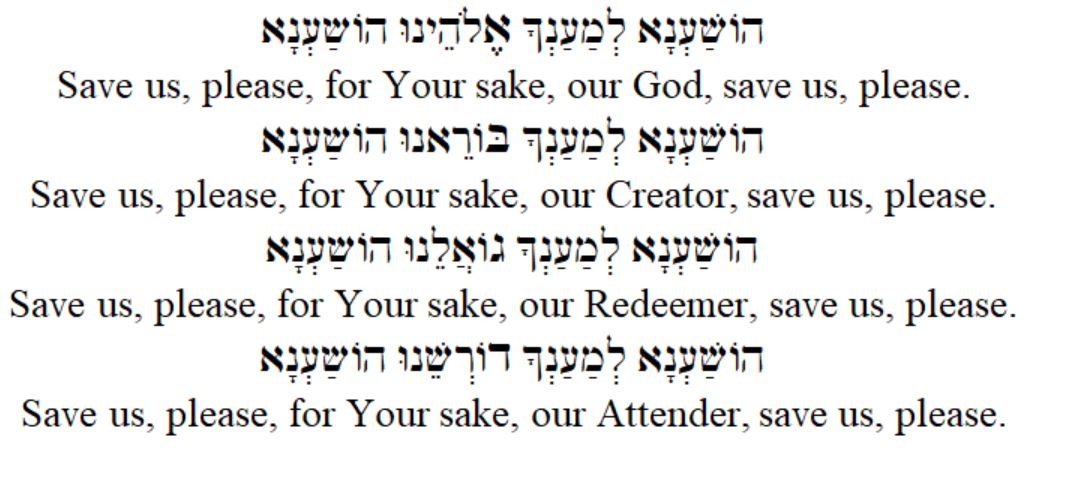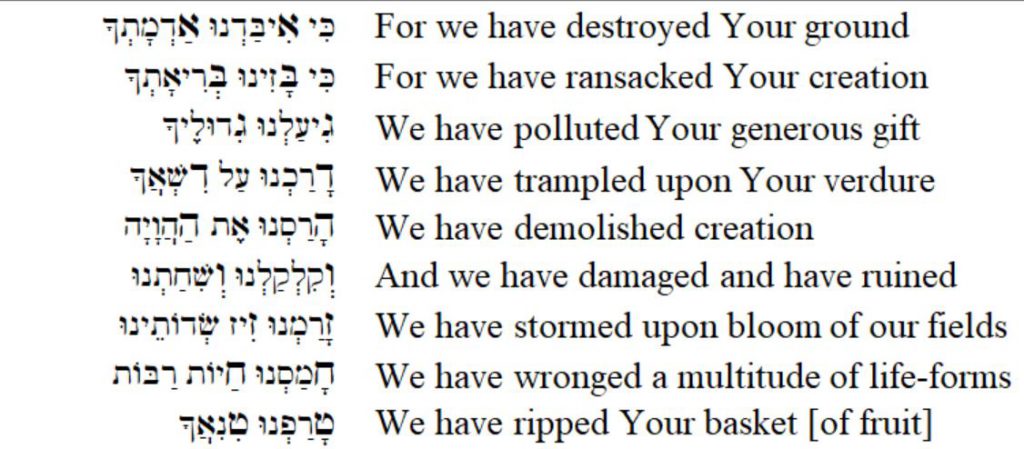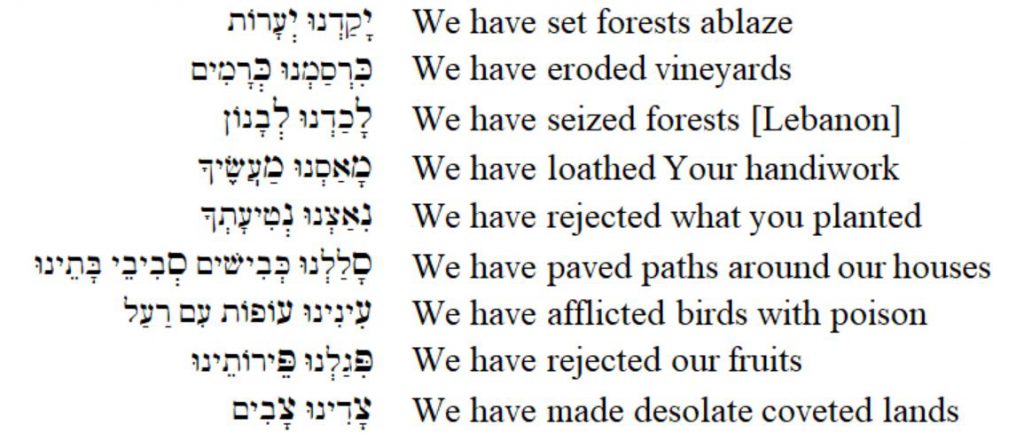“I feel, also, that when we are coming to the issue of yom tov sheni shel golyus / second day of celebration for the exiled, people have not been taking it seriously enough.
“When it had once looked to me that I and my mishpacha / family were going to make aliyah / immigrate to Israel, after having been to Israel a couple of times, setting things up, living there for half a year, I was on the level of daato lachzor la-aretz / knowing I would be returning there, and therefore only had to keep one day yom tov.
“And something about Jewish renewal says to me that the second day yom tov as it’s been celebrated in the past, (because we don’t know if it is yom tov, and similar things,) doesn’t sit well with me.
“On the other hand, when I study hassidus and I read that the second day of yom tov is important in chutz la-aretz / outside of Israel because whither it has to come down, whither it has to be taken inside the nefesh / soul, I really feel that the last few times, second day of yom tov was a very important way of doing a kind of secular way of doing the same yom tov.”
{Gabbai Seth: The view was that when one is outside of yisrael, the shefa / abundance flowing from God, effected through prayer on the holidays, has to flow further to reach us and therefore requires more effort. Additionally, a nefesh / soul not in eretz yisrael needs more of the shefa / abundance just because they are not in eretz yisrael.}
“Like shavuos, for example: To do the first day of shavuos in shul with all the things that one does on shavuos with yizkor at one point [is good, it’s important]. But part of shavuos has to do with outdoors, has to do with green. It is, after all, chag ha-katzir, it’s the time when the cutting of the wheat harvest begins.
“There is something so ecological about the yom tovim that we need to do the second day yom tov for ecology, to tie them to the natural seasons, and to find celebrations to be able to do that. And to do it with the kahal. I’m not saying it should be just a picnic. Rather, I feel that the second day of shavuos should be a kind of outdoor davvenen with the picnic afterwards, that the davvenen part is important in the way of doing it.
“Then the chagay hashana k’efsharut l’chaven tikkunim l’ripui hateva / we want the holidays of the year as enablers to effect repairs to the health of the environment, to do the second days in a way similar to the ways we think about tu b’shvat when we plant trees. I think we need to create more such opportunities for doing things for the ecology. ”



